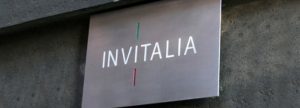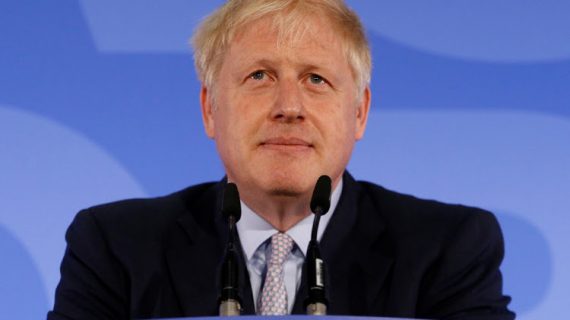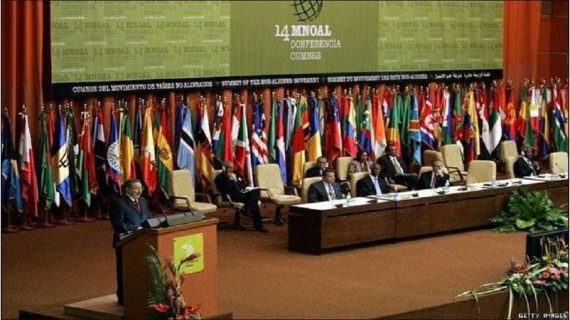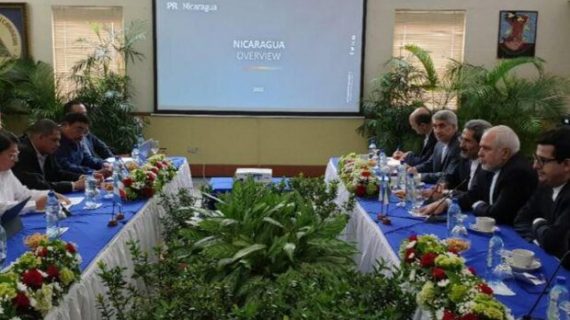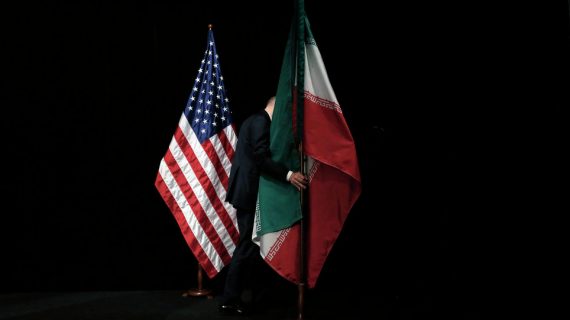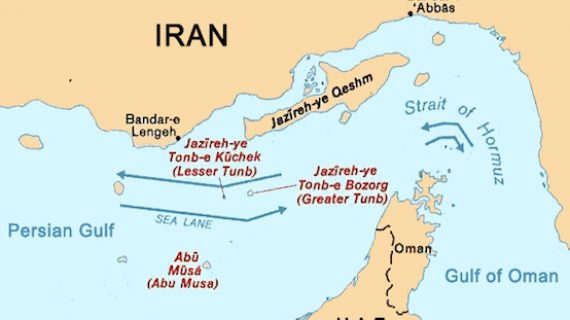Italian Holding to Sign €۵b Investment Deal With Banks
The accord foresees the opening of lines of credit with two Iranian banks by Invitalia, an Italian state-owned holding, to finance investment projects by Italian companies
Reported by HPMM Group according to FINANCIAL TRIBUNE ; Iran and Italy will on Thursday sign a framework credit agreement worth €۵ billion whereby Rome will help Italian companies invest in Iran, an Italian Treasury source said on Wednesday.
The accord foresees the opening of lines of credit to two Iranian banks by Invitalia, an Italian state-owned holding, in order to finance investment projects by Italian companies, the source said.
It will be signed by Invitalia’s investment arm, Invitalia Global Investment, and two Iranian banks, namely Bank of Industry and Mine and Middle East Bank, Reuters reported.
Invitalia will open lines of credit with the two banks and the Iranian government will guarantee the financing of projects, the source added.
In a meeting between director of the Organization for Investment, Economic and Technical Assistance of Iran, Mohammad Khazaei, and Italy’s Ambassador to Iran Mauro Conciatori back in October, the two sides negotiated a finance deal for projects prioritized in Iran by concluding deals with Italian banks and financial institutions. They called for developing relations and deepening business, economic and investment ties and agreed that as part of further bilateral meetings and sessions, Iran and Italy would help prepare the ground for Italian financial institutions to enter Iran and finance domestic projects whose priorities will be decided by Iranian government entities.
> Major Trade Partners
Italy is Iran’s major trade partner in the European Union. Latest Eurostat data shared with the Financial Tribune show that with more than €۲٫۵۸ billion worth of purchases, Italy was the main export destination for Iranian products during the 10 months to Oct. 31, 2017. The figure shows a 315% hike compared with the corresponding period of 2016.
The European country was also the second biggest exporter to Iran among other EU member states during the period after Germany, as it shipped €۱٫۳۸ billion worth of commodities to Iran, up 14.5% year-on-year.
Iran’s top five exported commodities were mineral fuels, mineral oils and products of their distillation, bituminous substances and mineral waxes worth an aggregate of €۲٫۳۲۳ billion, iron and steel worth €۱۲۴٫۲ million, organic chemicals worth €۳۲٫۶ million, plastics and articles thereof worth €۱۵٫۹ million and articles of iron and steel worth €۱۴٫۳ million.
Italian exports to Iran mainly included nuclear reactors, boilers, machinery and mechanical appliances and parts (€۷۵۵٫۳۲ million), electrical machinery and equipment and parts, sound recorders and reproducers, television image and sound recorders and reproducers and parts and accessories of such articles (€۱۱۸ million), optical, photographical, cinematographic, measuring, checking, precision, medical or surgical instruments and apparatus, parts and accessories (€۵۰٫۶ million), iron and steel (€۴۸٫۵ million) and plastics (€۴۵٫۲ million).
> Resumption of Ties Post JCPOA
Iran’s President Hassan Rouhani, heading a 120-strong delegation of business leaders and ministers, made Italy his first foreign visit after the implementation of the nuclear deal, also known as Joint Comprehensive Plan of Action, which Tehran signed with world powers.
The late January 2016 visit culminated in deals worth about €۱۷ billion, including a €۵٫۷ billion agreement with Italian metal industry firm Danieli to supply heavy machinery and equipment to Iran as well as a €۳٫۵ contract with Italian oil and gas contractor Saipem, based on which the Italian side is to revamp and upgrade the Shiraz and Tabriz oil refineries.
Speaking at a business forum in Rome, Rouhani touched on the time-honored close relations between Iran and Italy, and said Italy is of special importance to the Iranian economy.
“Our people have confidence in Italian industries, as they have enjoyed their services in the past … The structure of Italian industries matches our needs. We are pursuing an inclusive economy that is robust and creates jobs. We place importance on small- and medium-sized enterprises and Italians are the very epitome of such an economy,” he said.
In November 2015, Italy’s then deputy minister for economic development, Carlo Calenda, heading a 370-strong delegation, including representatives of 178 Italian companies, 20 associations and 12 banking groups, attended the Iran-Italy Business Forum in Tehran.
The event was one of the biggest trade conferences held in Iran in 2015. Among the companies represented were energy giant Enel, petroleum group Eni and cables manufacturer Prysmian.
In August 2015, about a month after the JCPOA was signed, Tehran hosted a visit by another high-ranking Italian delegation led by former minister of economic development, Federica Guidi, and former minister of foreign affairs and cooperation, Paolo Gentiloni, at the helm, who sought to “regain Italy’s pre-sanctions stature in the Iranian economy” in Gentiloni’s words.
According to Guidi, “Italy’s priority in resumption of relations is to create financial and banking infrastructures on which future economic cooperation can be built.”
Following Rouhani’s visit to Rome, then Italian prime minister, Matteo Renzi, led a 250-member business delegation to Tehran in April 2016 when the two sides signed 12 memoranda of understanding in the sectors of energy, steel, telecommunications, transportation and medicine.
Italy also announced €۸٫۸ billion in credit and financial guarantees to re-launch exports to Iran.
“Italy’s state-run lender Cassa Depositi e Prestiti will offer credit lines of €۴ billion to companies building oil and gas infrastructure, while export agency SACE will guarantee loans and offer trade financing of €۴٫۸ billion,” a SACE statement read.
Italy’s SEA Group, which is in charge of development and management of Italy’s Milano Malpensa airports and airport systems, has agreed to construct a new passenger terminal in Tehran’s Mehrabad International Airport.
“In the first phase, an 80,000-square-meter passenger terminal will be constructed. It could be expanded to 120,000 square meters in future, as demand grows,” director of Iran Airports Company, Rahmatollah Mahabadi, has been quoted as saying.
The Islamic Republic of Iran Railways signed a €۱٫۲ billion deal with its Italian counterpart in July 2017 to construct a high-speed railroad between the Iranian cities of Qom and Arak.
The agreement was formally signed during the visit of Renato Mazzoncini, CEO of Italy’s state railroad company Ferrovie dello Stato otherwise known as FS, and an accompanying delegation to Tehran, IRIR told Financial Tribune.
The Italian company signed a preliminary agreement with IRIR in February to develop Iran’s railroad system. The deal includes up to €۵ billion ($5.65 billion) in export credits from Italy for Iran.

